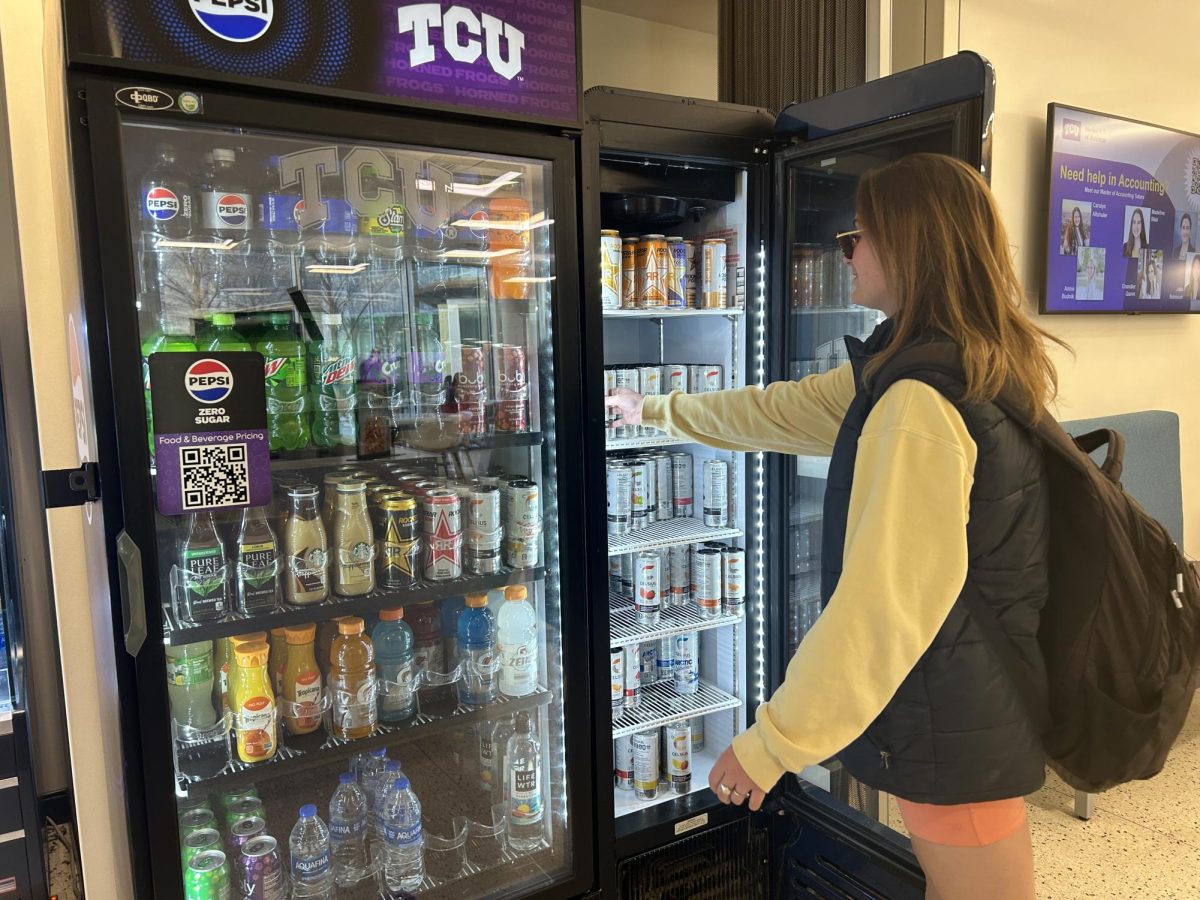Retention was on the minds of the Faculty Senate, Staff Assembly, Student Government Association and TCU administrators Tuesday night at the Joint Assembly.Retention has risen from 71 percent in 1990 to 84 percent in 2004, Catherine Coghlan, assistant director of institutional research, said.
Unmet expectations were a part of why students did not return to TCU, said Kim Appel, Brown-Lupton Student Center activities coordinator.
Every school has a sales pitch, she said, and when students get to school, their experience is different than the pitch.
Jason Ratigan, a senior history major, said some students left TCU because of the money.
“(Students) couldn’t keep up with the tuition,” he said.
The Retention Data Analysis Committee conducted a study to understand why students were not returning to TCU.
Three groups of people were interviewed over the phone for the study: returning and non returning students for spring 2005 and non enrolled students for fall 2005, Coghlan said.
The study was based on the match factor, which compared students’ expectations and experiences and their effect on student retention. The two areas explored were academic and social expectations.
The research showed the non returning students and non enrollees didn’t meet their social expectations as well as the returning students. The academic match score was fairly equal between the three groups.
The biggest gap between experiences and expectations were the experiences in residence halls and students feeling a lack of guidance in academic advising, Coghlan said.
A female non returning student expressed her thoughts about her residential experience on the survey.
“I went into it thinking I was going to make a lot of friends,” she said. “It was very loud and a bigger party atmosphere than I would have expected.”
Both returning and non-returning students felt they didn’t get direction or guidance from academic advising, Coghlan said.
“I was expecting useful information and guidance; advice on how to go about planning an academic career,” a returning student said on the survey. “I felt I didn’t get any really useful information.”
Coghlan said two trends appeared with non-returning students: Out-of-state students went home and attended a public college or university, and in-state students transferred to a public college or university or a community college.
Some remedies suggested to fight low retention rates included: locking in tuition, adding peer advisement for all majors, moving Recruitment to spring semester, having orientation focus more on academics and Frog Camp more on socializing, allowing freshmen to sit in on classes of their interests and having retreats for individual colleges and majors.




